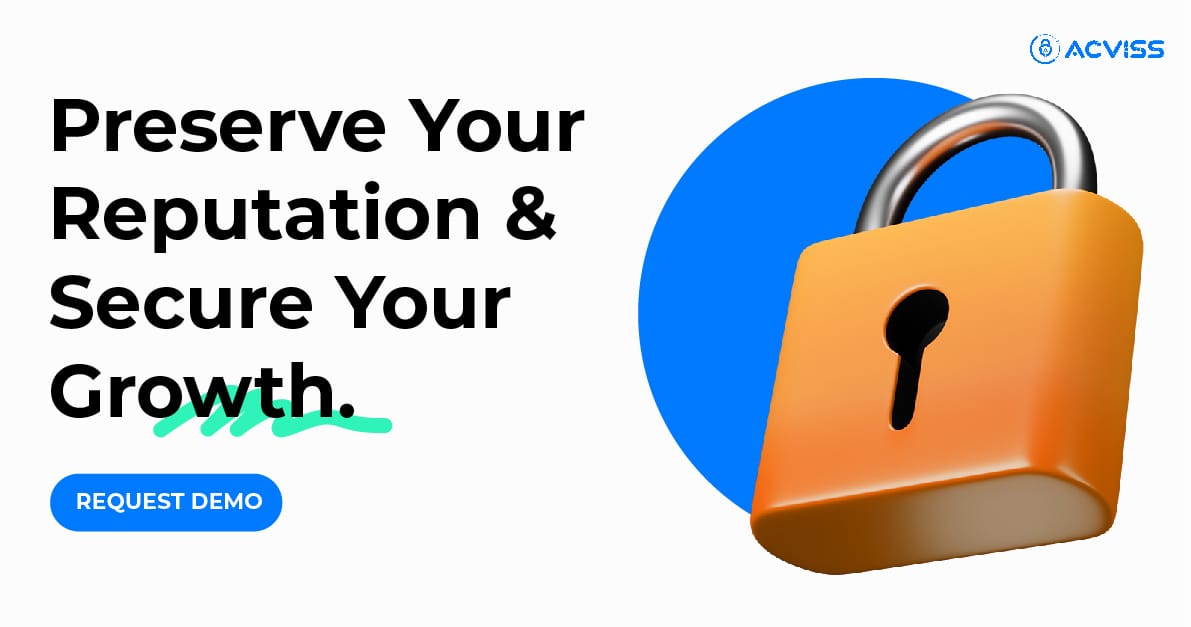Building Trust by Trusting No One: Zero Trust in the Supply Chain
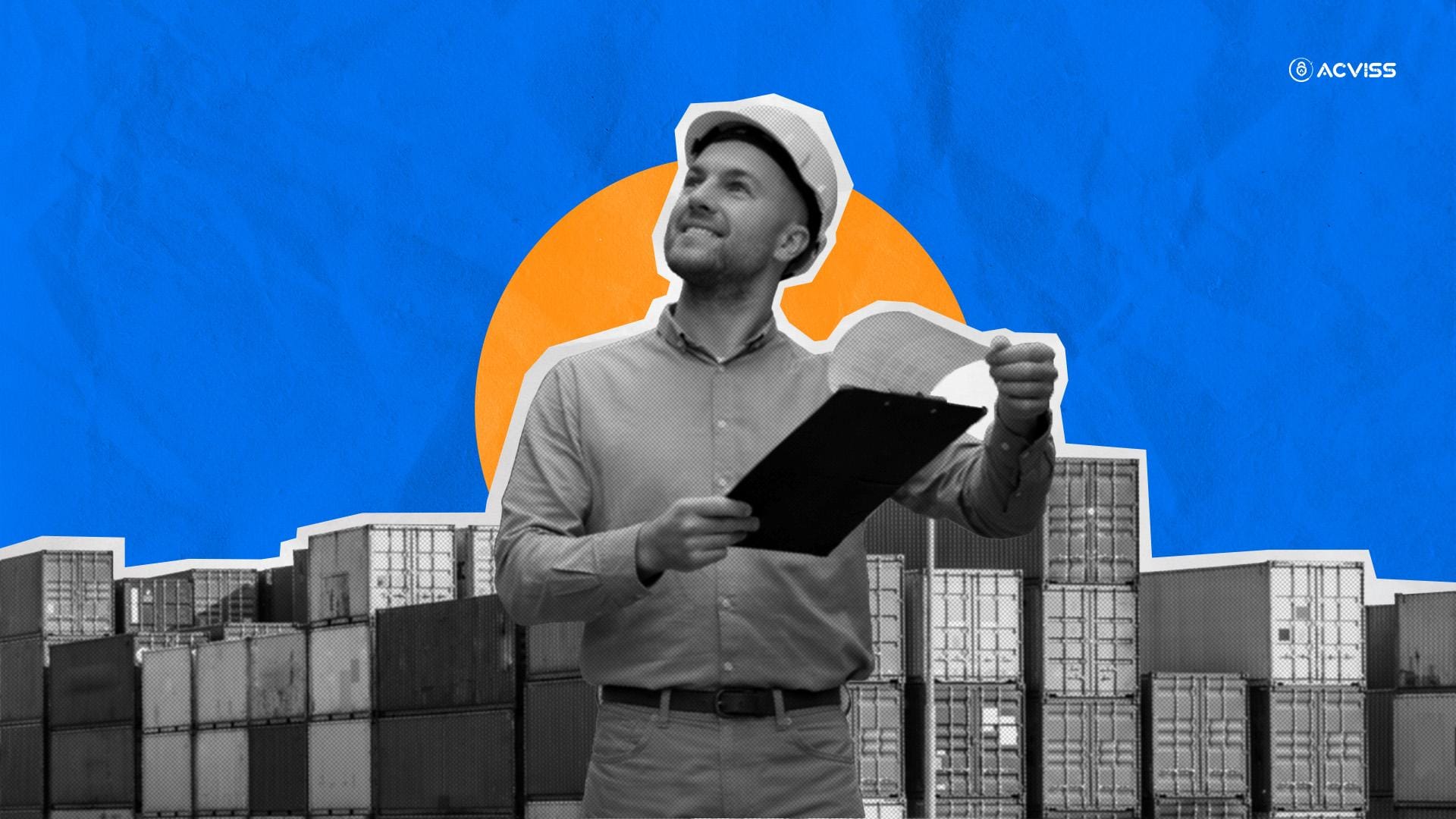
Trust used to be the glue holding supply chains together. A handshake, a signed invoice, a long-standing relationship, these were once enough to ensure smooth collaboration across continents. But in today’s hyper-connected and high-risk environment, those foundations have started to crack. Counterfeits, cyber breaches, grey market leaks, and regulatory gaps have exposed a harsh truth: trust without verification is a liability. Enter the Zero Trust model, a philosophy born in cybersecurity, now reshaping the architecture of secure, efficient, and resilient supply chains.
But what does "Zero Trust" really mean when applied to the supply chain? And how can enterprises, especially those dealing with physical products, build trust with customers, regulators, and partners, all while operating under a principle that demands trusting no one by default?
Why Trust Is Broken in Modern Supply Chains
Globalisation has gifted businesses with access to wider markets, cheaper materials, and more efficient production hubs. But it has also introduced fragility. The more players involved in sourcing, production, transportation, and distribution, the harder it becomes to verify the integrity of each link.
Trust today is often based on outdated assumptions:
- That documentation is authentic.
- That suppliers have not changed their practices or sourcing partners.
- That certifications are valid and up-to-date.
- That inventory in warehouses is genuine.
These assumptions have opened the door to counterfeiting, grey market diversions, IP theft, product recalls, and even regulatory penalties. From pharmaceuticals to luxury goods to electronics, industries are grappling with these threats daily.
Cybersecurity experts were the first to say it out loud: trust is a vulnerability. In the supply chain, it's a costly one.
What Is Zero Trust in the Context of Supply Chains?
Zero Trust in cybersecurity is the idea that no device, user, or system, whether inside or outside a network, should be automatically trusted. Every request must be verified before access is granted.
Applied to supply chains, Zero Trust follows a similar logic. No supplier, manufacturer, logistics provider, or warehouse is implicitly trusted. Every transaction, interaction, or transfer of ownership must be verified digitally, physically, or both.
This isn’t about paranoia; it’s about building systems that assume the presence of risk and mitigate it proactively.
How Does a Zero-Trust Supply Chain Operate?
Implementing Zero Trust in supply chains requires organisations to fundamentally rethink how they authenticate entities and verify transactions across the product journey. This doesn’t mean cutting off suppliers or questioning every relationship, but rather integrating mechanisms that create transparency, accountability, and immutable records.
Here’s what that looks like in practice:
1. Continuous Verification Across the Supply Chain
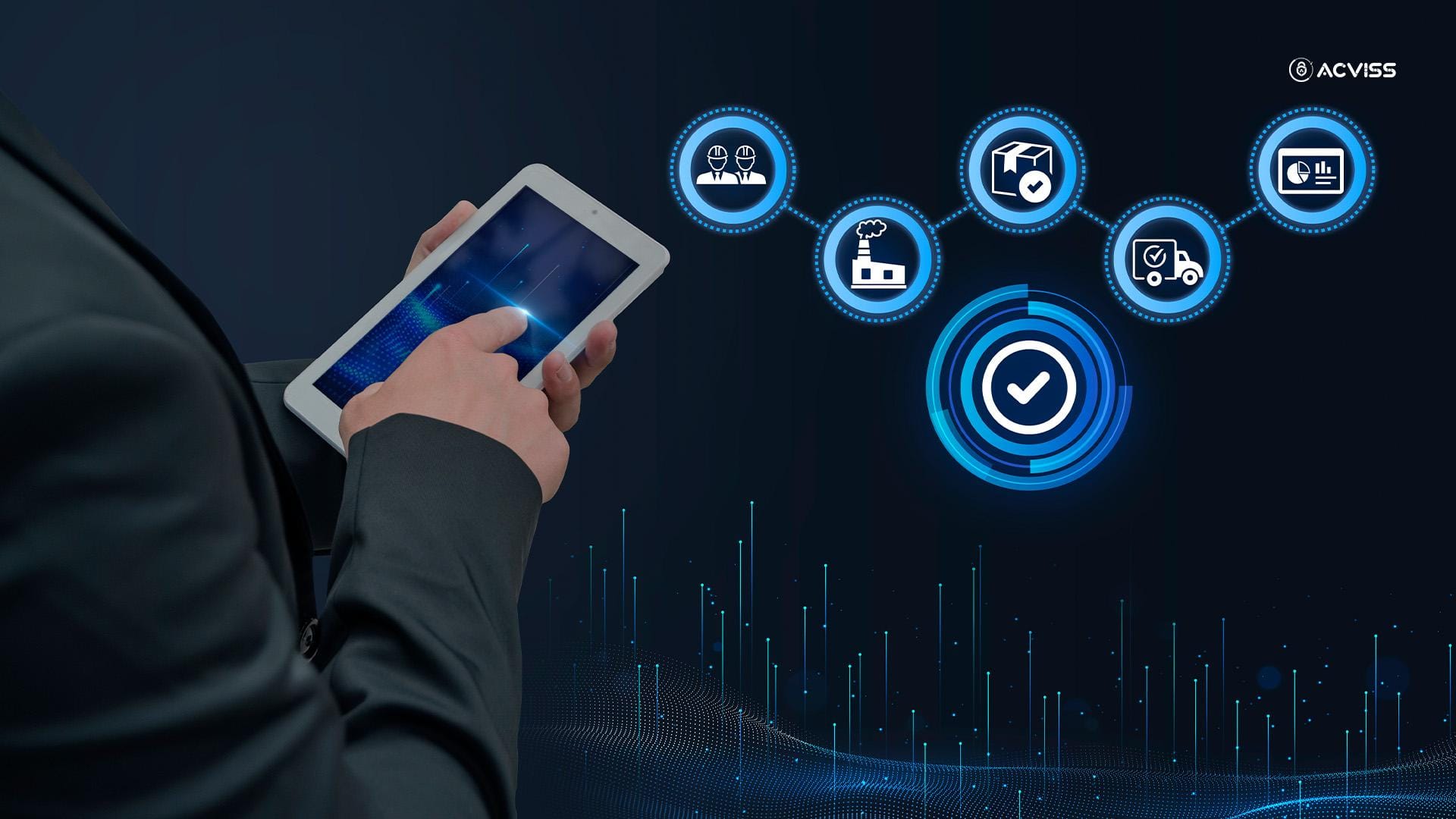
Instead of verifying a supplier only during onboarding, Zero Trust mandates ongoing validation. This could involve real-time updates on production batches, production batches, or even IoT sensors tracking environmental conditions during transport.
Rather than relying on trust at a point in time, companies under Zero Trust systems build continuous visibility. Every partner, process, and product batch must constantly prove compliance and authenticity.
2. Authentication at Every Node
Each node in the supply chain, be it a supplier, distributor, logistics provider, or warehouse, is treated as a potential source of risk. These nodes are authenticated using digital identities, physical security labels, or cryptographic proofs.
Technologies such as blockchain, digital twins, and non-cloneable security codes help ensure that each product, process, and transaction can be tied back to a verified source with no room for impersonation.
3. Tamper-Evident and Tamper-Proof Product Identification
Zero Trust is not just digital. It must exist on the physical product itself. This is where technologies like Acviss's Certify platform shine. Using patented, non-cloneable labels, companies can ensure that every product carries an immutable proof of authenticity.
When a product moves from one entity to another in the chain, verification is instant, seamless, and secure, enabling even consumers to verify genuineness using a smartphone.
4. End-to-End Traceability, Not Partial Visibility
Partial visibility creates blind spots, ideal environments for fraud to thrive. Zero Trust demands end-to-end traceability. This goes beyond tracking shipments; it involves recording every transformation a product undergoes, from raw material to finished good.
Platforms like Acviss Origin leverage blockchain to make traceability immutable. This ensures that every node in the supply chain has a clear, verifiable record of what happened, when, and by whom.
5. Automation of Trust Enforcement
Manual verification is not scalable. Zero Trust systems must use automation to enforce trust policies. Smart contracts, AI-driven fraud detection, and automated compliance checks ensure that deviations are flagged and blocked in real-time.
Imagine a situation where a counterfeit product tries to enter your distribution network. Under Zero Trust, the system automatically blocks the product at the point of entry, logs the incident, and alerts the necessary stakeholders, without requiring manual intervention.
The Technologies Powering Zero-Trust Supply Chains
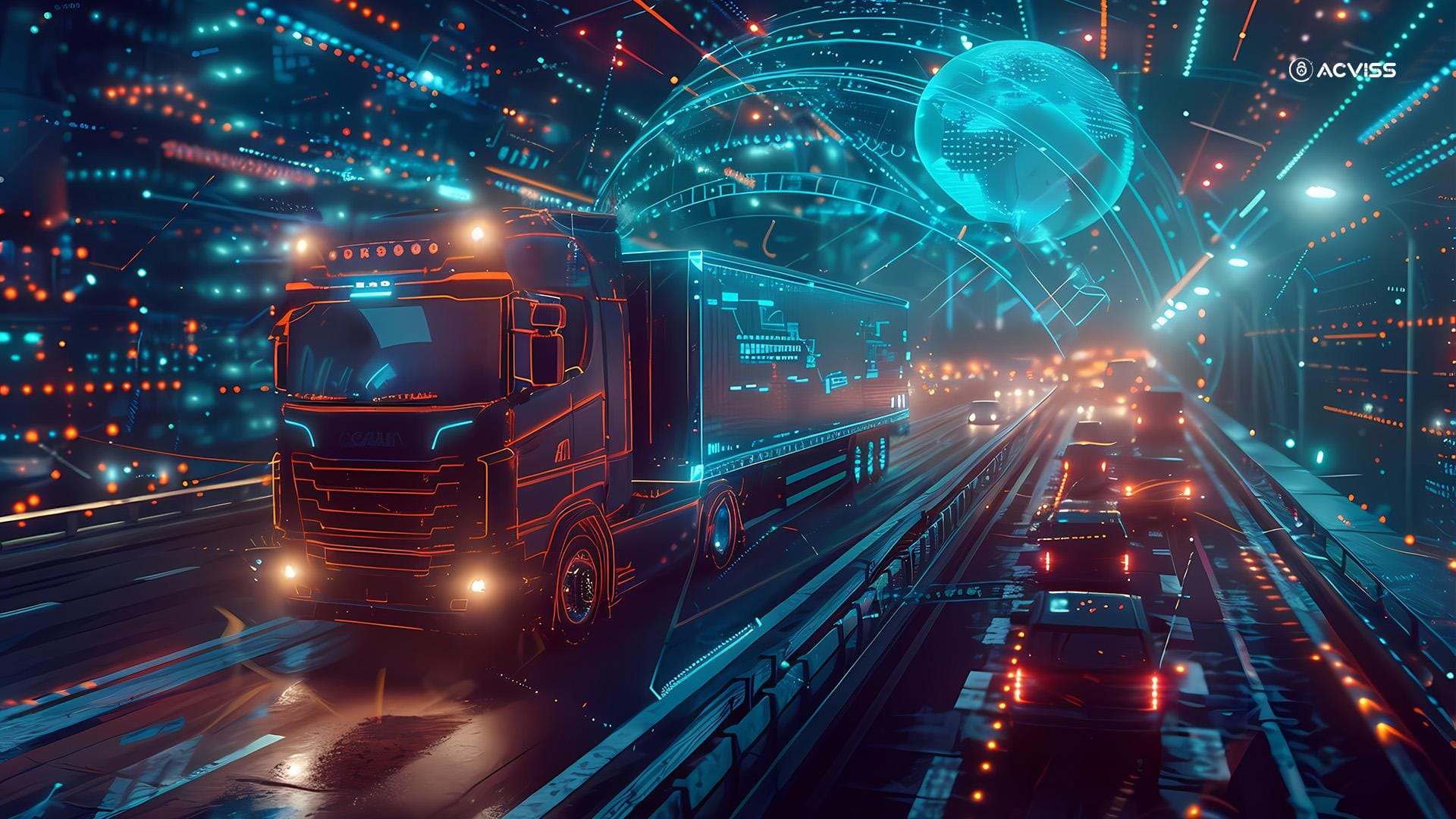
Zero Trust is not a single tool; it’s an architectural principle supported by a suite of technologies working in unison:
- Blockchain: To create an immutable, shared ledger of all transactions and events in the supply chain.
- Digital Identity Systems: For authenticating every actor, from machines to humans to products.
- Non-Cloneable Labels and Digital Twins: To ensure product-level verification and tamper-resistance.
- AI and Machine Learning: For anomaly detection, counterfeit identification, and predictive risk assessment.
- IoT Sensors: To monitor physical parameters and ensure conditions remain compliant during transit or storage.
- Cloud-Based Track and Trace Platforms: To provide real-time visibility, alerts, and analytics.
Regulatory Alignment and the Zero Trust Mandate
Regulatory frameworks like the EU Digital Product Passport, US Drug Supply Chain Security Act (DSCSA), and the EUDR (EU Deforestation Regulation) are pushing brands toward higher levels of transparency and accountability.
Zero Trust aligns naturally with these frameworks. By default, it ensures that:
- Every entity in the supply chain is known and validated.
- Every transaction is recorded in a tamper-proof ledger.
- Every product’s origin and journey can be audited by regulators, partners, or customers.
In effect, Zero Trust is becoming a precondition, not an option, for compliance.
The Acviss Approach to Zero Trust Supply Chains
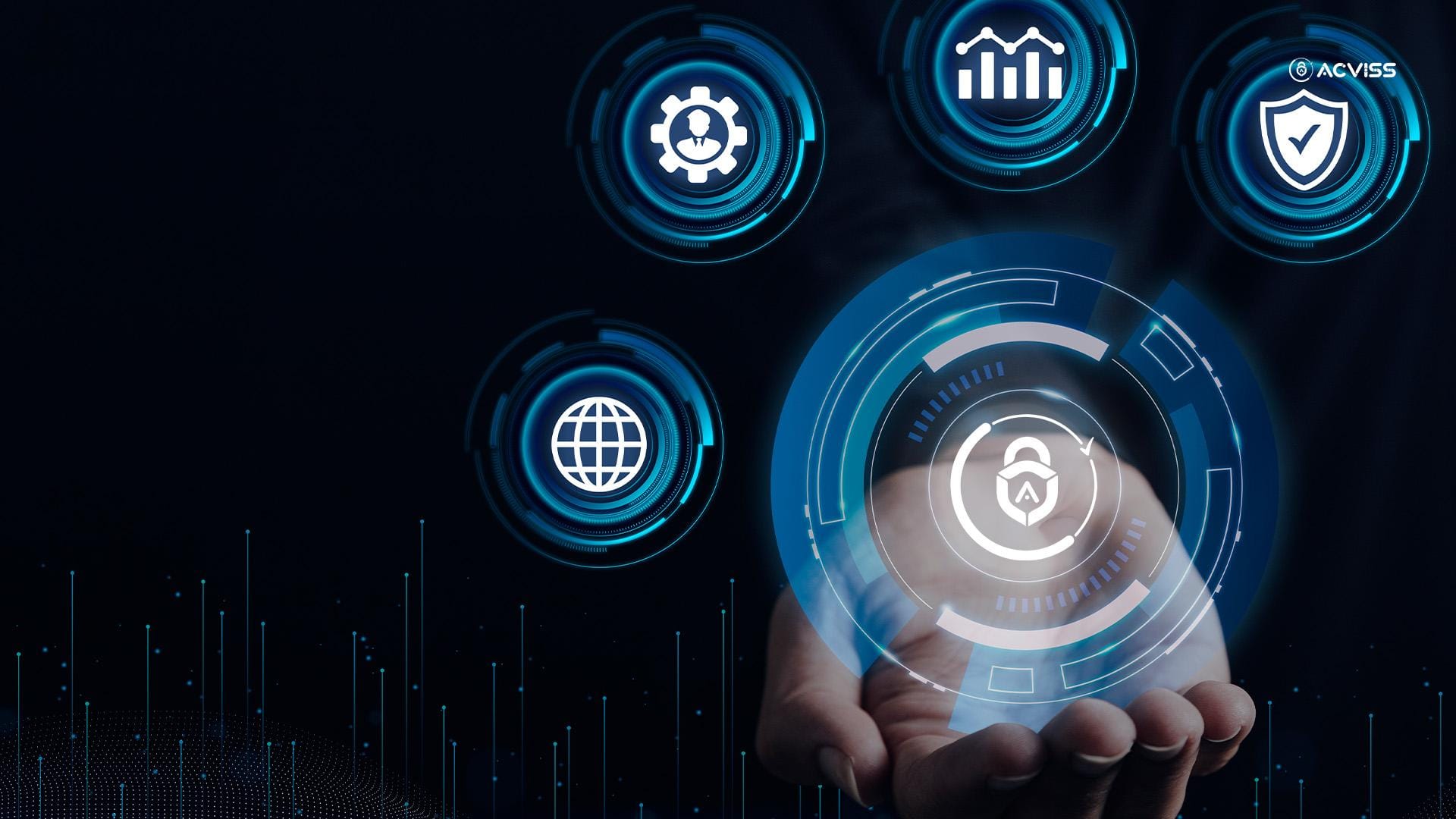
Acviss has been at the forefront of integrating Zero Trust principles into real-world supply chains. The company’s suite of solutions, including Certify, Origin, Truviss, and Assist, empowers brands to not only secure their products but to verify every hand that touches them.
Where traditional anti-counterfeiting solutions stop at packaging-level authentication, Acviss builds a layered defence:
- Tamper-proof labels with AI protection.
- Real-time scanning and consumer-facing verification.
- AI-powered surveillance of the digital ecosystem to detect fake listings or rogue sellers.
- Blockchain-enabled traceability from origin to shelf.
For brands, this translates into more than just protection; it becomes a competitive advantage. In a market where consumers demand transparency and regulators demand accountability, Acviss helps enterprises say, “We don’t just ask for trust. We prove it.”
Why Zero Trust Doesn’t Mean Zero Relationships
It’s easy to misinterpret Zero Trust as fostering paranoia or undermining long-term business relationships. But in reality, it does the opposite.
By making verification a process rather than a presumption, businesses protect not only themselves but their partners too. Relationships based on verified data are more resilient and less vulnerable to bad actors exploiting blind spots.
The irony is that by trusting no one by default, companies end up building systems that are inherently more trustworthy.
The Future Belongs to the Verified
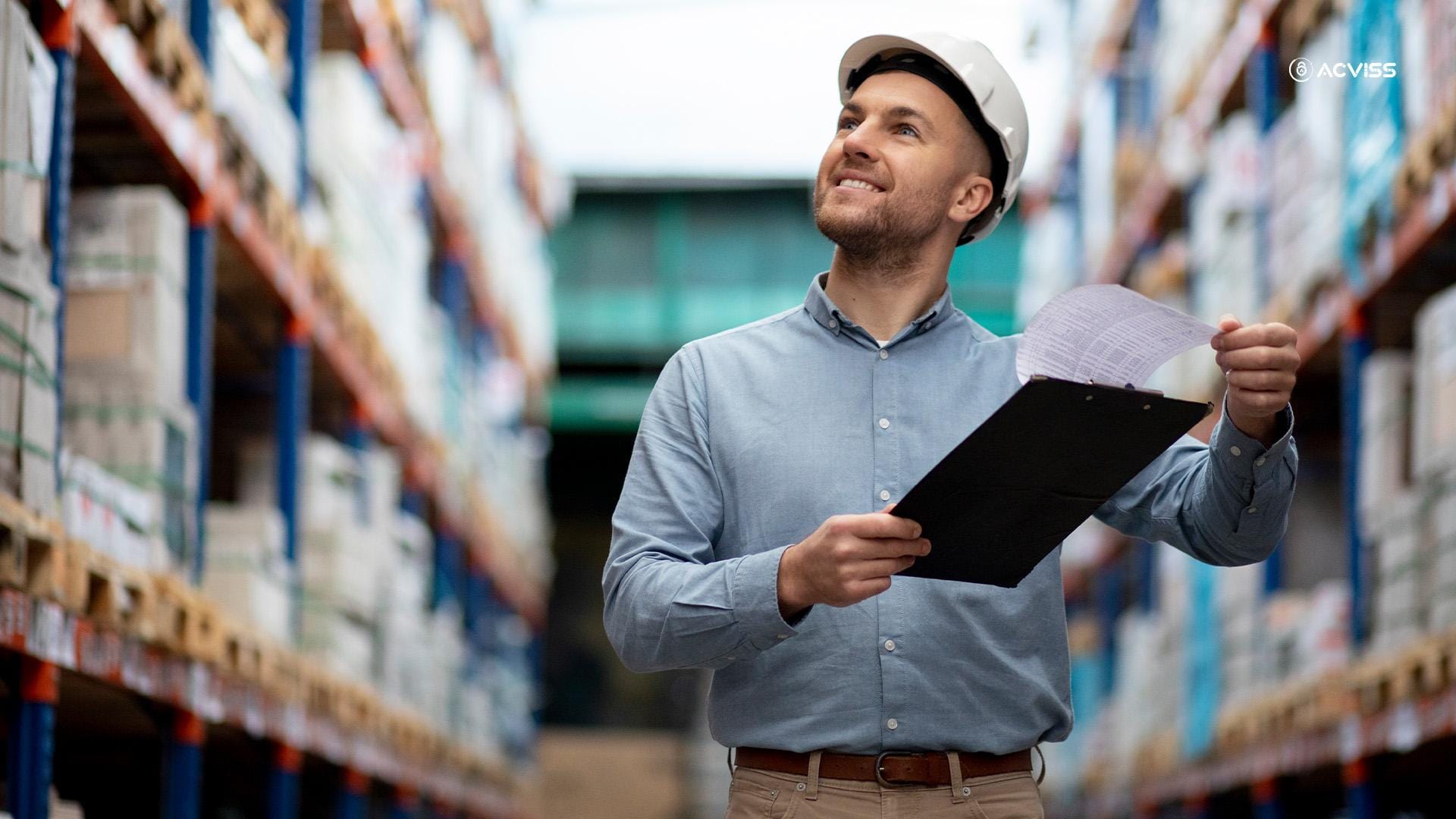
As supply chains become more digitised, decentralised, and regulated, the time for reactive models is over. Zero Trust is not merely a framework for cybersecurity; it is an operating principle for 21st-century supply chains.
The companies that will thrive in the next decade are not those with the most suppliers or the cheapest materials, but those who can prove, beyond doubt, the authenticity, safety, and compliance of everything they produce.
If you're looking to build a supply chain that can stand up to scrutiny from regulators, consumers, or competitors, now is the time to adopt a Zero Trust mindset.
Acviss can help you build that future. From non-cloneable product verification to blockchain-powered traceability and AI-driven surveillance, our solutions are designed to enable Zero Trust ecosystems that are secure, scalable, and sustainable.
Let’s build a supply chain you can trust, because you trust no one. Contact us today
